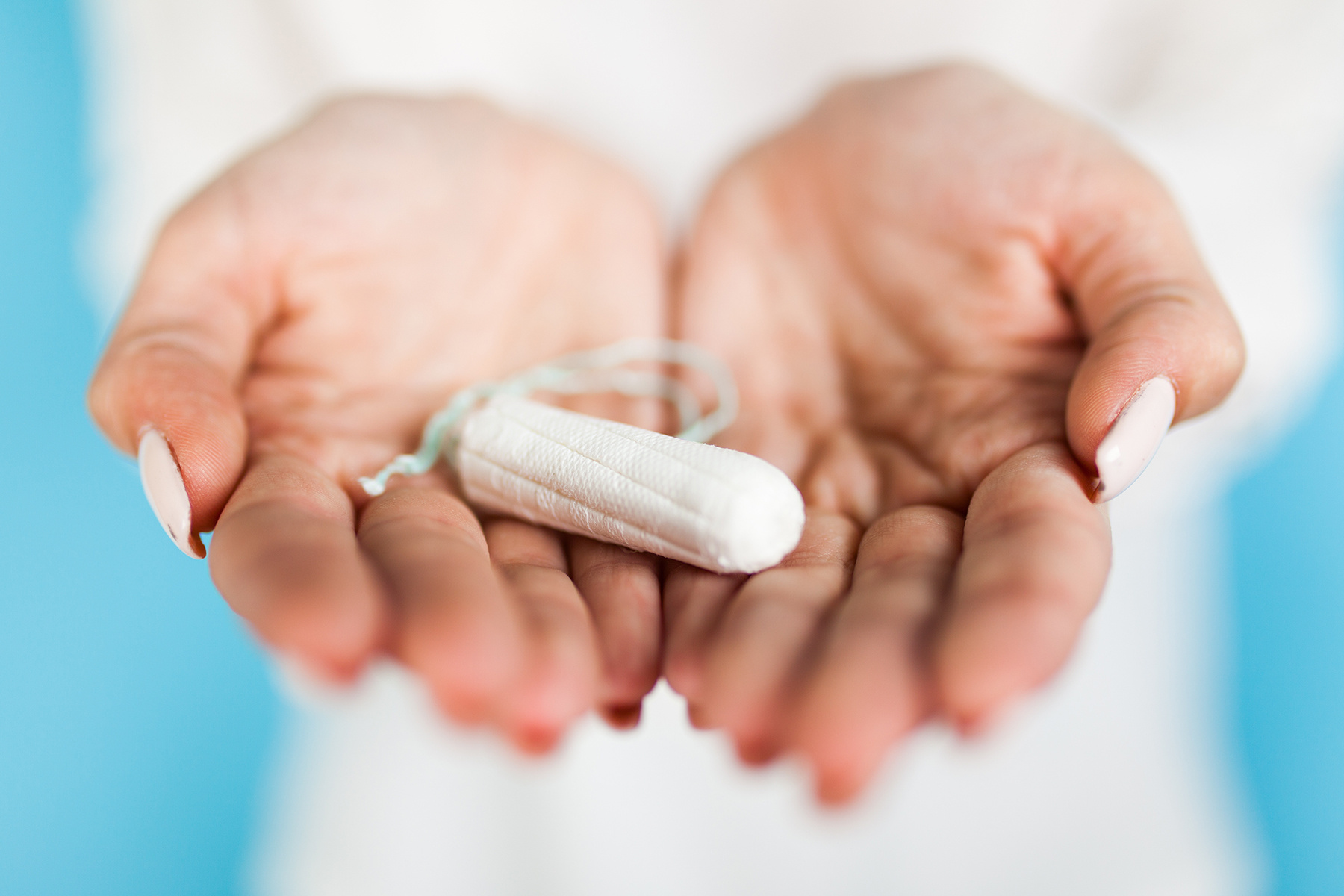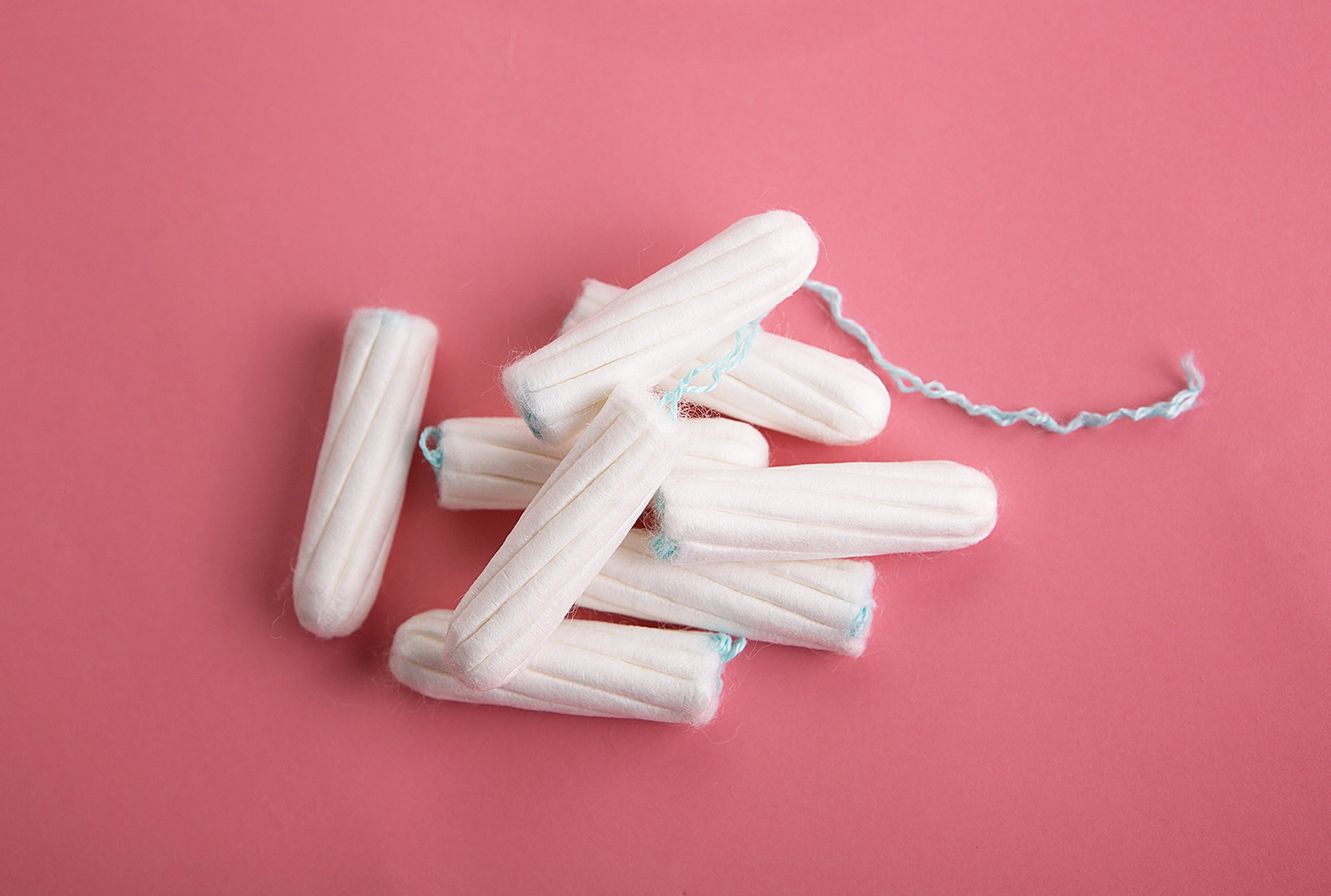Statement on Tampons as a Source of Exposure to Metal(loid)s


Our members, who produce most of the products sold in Europe, the UK and the U.S., are committed to upholding the highest safety and compliance standards. All their products adhere to regional and national regulatory frameworks[1] and are safe for their intended use, providing consumers with a sense of security and confidence. Furthermore, our members comply with the European[2] and UK[3] codes of practice for tampon manufacturers and distributors. Recognised by the relevant authorities, these codes play an important self-regulatory role in reinforcing manufacturers' commitment to safety.
We note the study by Shearston and co-authors (Tampons as a source of exposure to metal(loid)s—ScienceDirect). While we do not believe it is the article’s primary intent, we are concerned that it may raise unnecessary concerns about tampon safety, as the study’s scope did not extend to assessing the risk posed to consumers during tampon use. Over 100 million people in more than 120 countries safely use tampons for at least some of their menstrual protection. Their safety and performance are of paramount importance to their manufacturers.
It's crucial to understand that heavy metals and trace chemicals are not intentionally added to tampons and are not a part of modern absorbent hygiene products. Still, they can sometimes be found in products as residuals of the manufacturing process and/or because they are present in the environment. These naturally occurring traces do not pose a risk to human health.
Heavy metals occur naturally in the Earth’s crust and can be found in various elements of nature, including water, soil, and the air. Similarly, they are present – at higher levels than those detected in the study – in our drinking water and daily foods, such as vegetables, fruits, meat, fish, and seafood.
The components[4] used in menstrual products undergo thorough safety assessments based on evaluations of the risk they pose. The levels of these trace metals detected by the study are significantly below the safe intake levels recommended for food and drinking water in the European Union, UK, and the U.S..
In cooperation with independent academia, EDANA and its members crafted scientifically sound methods for testing menstrual products (EDANA Guidelines for Testing Feminine Hygiene Products and the EDANA Stewardship Programme for Absorbent Hygiene Products (AHPs)), including screening for trace substances in tampons due to their ubiquitous presence. The nonwovens industry has also made a strong effort to reduce residuals from the manufacturing process to an absolute minimum.
The EDANA Stewardship Programme was launched in 2020 to ensure product safety and increase transparency. The Programme focuses on controlling trace substances that may be present in a product. At its core lies the Codex[5], which features an industry-wide list of chemicals that must be below the agreed guidance values when tested using a harmonised consumer-relevant test method adopted by the European Committee for Standardization as one of its standards[6].
The study authors, instead, chose to use a harsh test method that involved shredding the tampon and dissolving it in nitric acid, an aggressive chemical solvent. Their test does not represent the realistic use of tampons. Other non-industry labelling schemes – including the EU Ecolabel[7] – are more consumer-relevant, as they are designed to evaluate products under genuine use conditions.
There are no indications nor reports that today’s menstrual products contribute to safety-related complaints or adverse health effects, which is confirmed by in-depth post-market surveillance performed by manufacturers at a European level.
Furthermore, studies performed by various authorities have also confirmed that AHPs are safe. EDANA, AHPMA, INDA, and their members remain supportive of continued research and innovation to ensure tampon safety and will continue to strive to deliver safe products to consumers.
[1] For example, the European Union’s General Product Safety Regulation, the UK’s General Product Safety Regulation (2005), and EU/UK REACH.
[2] EDANA Code of Practice for Tampons for tampons sold in the European market.
[3] AHPMA UK Code of Practice for Tampon Manufacturers and Distributors
[4] For more information on how tampons are constructed, please see the EDANA Tampon composition infographic.
[5] A compilation of key facts on AHPs with a focus on the Analysis and Risk Assessment of CODEX-listed trace chemicals can be found here.
[7] The EU Ecolabel is a voluntary scheme focused on sustainability, but it also has strict parameters to ensure safety as it guarantees restricted use of hazardous substances.
This statement was produced jointly with AHPMA (the UK Trade Association representing manufacturers of disposable absorbent hygiene products) and INDA (the US Association of the Nonwoven Fabrics Industry).